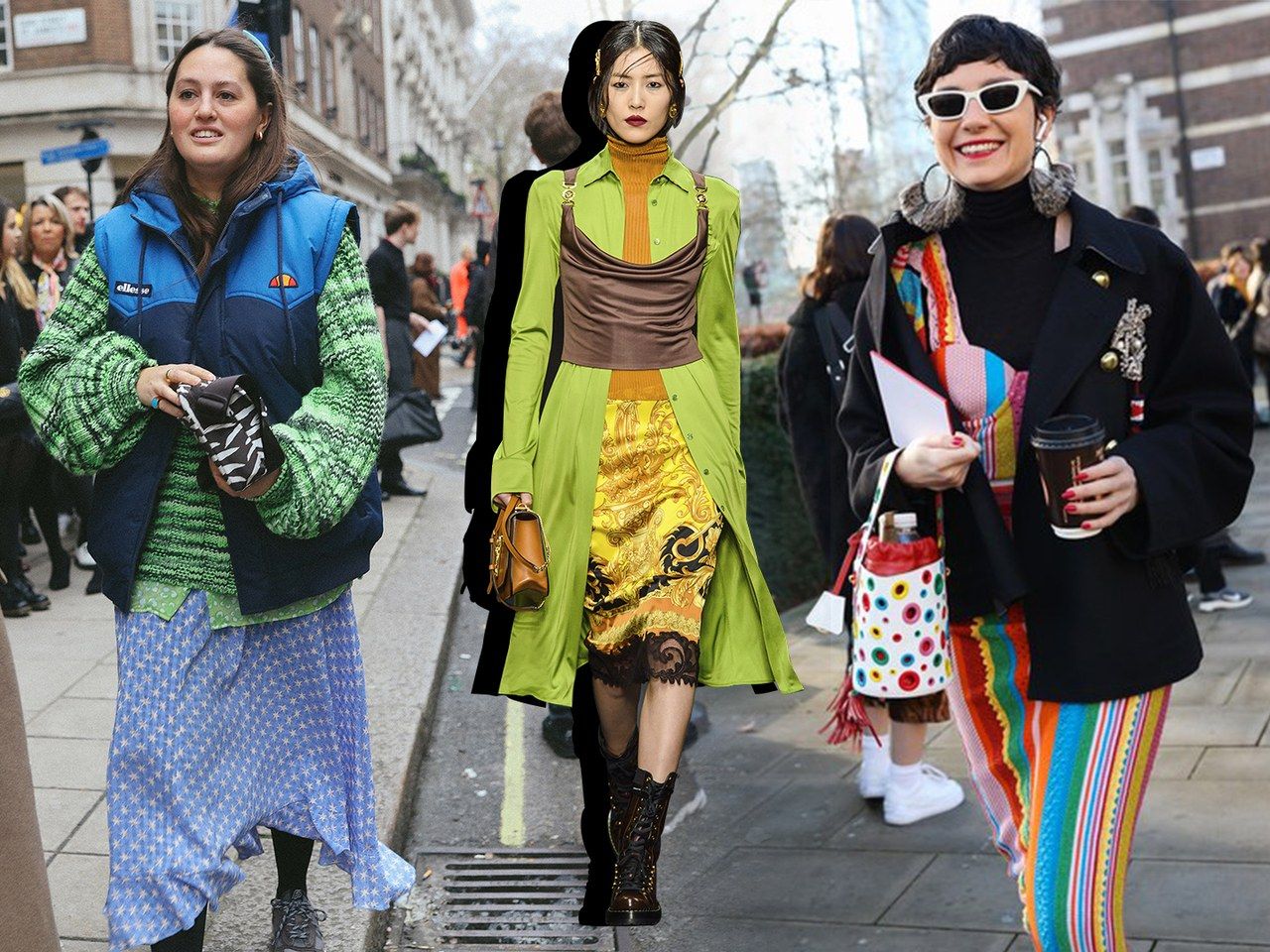The Art of Layering: Mastering Transitional Fashion
Discover how to effortlessly blend style and comfort by mastering the art of layering for transitional seasons.

Understanding the Basics of Layering
Layering is a fashion technique that not only serves a practical purpose by providing warmth but also allows for creative expression. At its core, layering involves wearing multiple pieces of clothing in a way that they complement each other. This technique is especially useful during transitional seasons when the weather is unpredictable. Mastering the art of layering requires an understanding of how different fabrics, colors, and textures work together. Lightweight materials like cotton and linen can be combined with heavier fabrics such as wool or denim to create a balanced look. The key is to ensure that each layer serves a purpose, either aesthetically or functionally, and that they can be easily added or removed as needed.
Choosing the Right Fabrics
The choice of fabric is crucial in layering, as it can affect both the comfort and appearance of your outfit. Natural fibers like cotton and wool are breathable and versatile, making them excellent choices for the base and middle layers. Synthetic materials, such as polyester and nylon, can provide additional warmth and protection against the elements. Mixing different textures can add depth and interest to your look; for instance, pairing a chunky knit sweater with a sleek leather jacket creates a visually appealing contrast. It's important to consider the weight of each fabric, ensuring that lighter materials are worn closer to the body, with heavier pieces layered on top for maximum comfort and style.
Playing with Colors and Patterns
Layering offers a fantastic opportunity to experiment with colors and patterns. While neutral tones like black, gray, and beige are safe bets, incorporating bold colors or prints can elevate your ensemble. The trick is to maintain a cohesive color palette that ties the different layers together. For example, if you're wearing a patterned blouse, you might want to choose a solid-colored cardigan that complements one of the hues in the print. Stripes, plaids, and florals can be mixed and matched, but it's important to strike a balance to avoid overwhelming the eye. Sticking to a maximum of three patterns in one outfit can help maintain harmony and prevent clashing.
The Importance of Proportions
Proportion is a critical aspect of successful layering. It's about balancing the length and volume of each piece to create a flattering silhouette. For instance, if you're wearing a long, flowy top, consider pairing it with a more fitted bottom, such as skinny jeans or leggings, to avoid looking shapeless. Conversely, if your base layer is more form-fitting, adding an oversized jacket or coat can create an interesting contrast. Accessories like belts can also be used to define your waist and add structure to your outfit. Understanding how to play with proportions allows you to highlight your best features while ensuring that your layered look remains stylish and intentional.
Accessorizing Your Layers
Accessories are the finishing touches that can transform a layered outfit from ordinary to extraordinary. Scarves, hats, and gloves not only provide additional warmth but also offer a chance to introduce new textures and colors. A statement necklace or a bold pair of earrings can draw attention to your face and add a touch of glamour. When selecting accessories, consider their function as well as their aesthetic appeal. For instance, a wide-brimmed hat can shield you from the sun while adding a chic element to your look. The key is to choose pieces that complement your layers without overpowering them, maintaining a harmonious balance throughout your ensemble.
Practical Tips for Everyday Layering
To incorporate layering into your daily wardrobe, start by building a collection of versatile staple pieces that can be easily mixed and matched. Items like a classic white shirt, a cozy cardigan, and a tailored blazer are essential for creating a variety of layered looks. Don't be afraid to experiment with different combinations to discover what works best for your personal style. Pay attention to the weather forecast and plan your layers accordingly, ensuring that you're prepared for any temperature changes throughout the day. Finally, always prioritize comfort; no matter how stylish an outfit may be, it should never compromise your ease of movement or overall well-being.